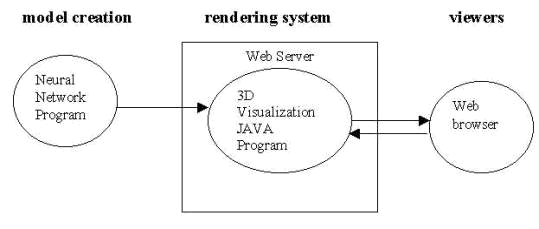T. Andrew Yang
(yang@grove.iup.edu)
Computer Science Department
-
Introduction to Web Development
-
Sample Web applications
-
Curriculum Design
Designing and Teaching a Web Development Course
| Ø Sample Web Based Applications |
Ö The bottom line
-
Almost every application can be ported to the Web.
-
Think about the needs and the trade-offs.
Ö Examples of dynamic web pages:
+ Interactive input and output
-
on-line surveys, registration, et al
-
Example: SDC Colloquium Registration
+ Multimedia presentations
-
animations, sound, graphics, photos, voice, video clips, et al
+ Web based multi-player games
+ Access to remote databases
-
data retrieval from a remote database server, update of remote databases, et al
-
digital libraries, on-line document retrievals
+ Connectivity to legacy computer systems
-
IBM/390, CICS, IMS, . . .
-
VAX/VMS
-
Cobol applications
+ Front end of a transaction application
-
e-auction, e-business (Amazon.com), e-banking, PriceLine.com, et al
+ Intranet applications
-
shared documents and functions
-
Example: The BANNER system
+ Business-to-business communication
-
vendor-retailer-buyer
-
Example: AutoPartsUSA, Super grocery stores
+ Scientific simulation and visualization
-
Example: The neural network visualization project
- on a Windows 2000 Server
- on a Sun Ultra 60 / Solaris Server
Please note that your Web browser must have Java enabled in order to run the Java applet of this sample application.

-
Eventually, a virtual laboratory
|
Next: Alternative technologies |